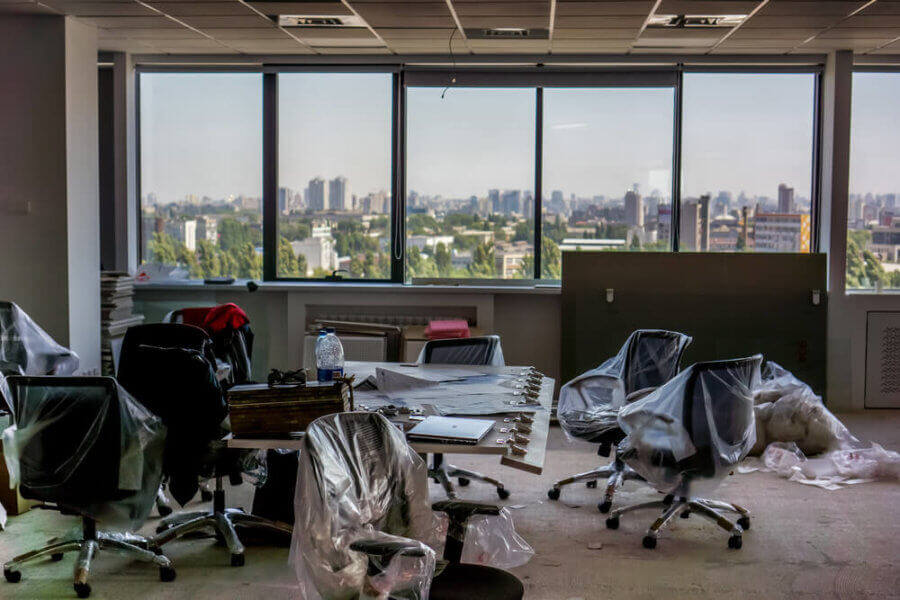If your office space just isn’t suiting you anymore, you probably feel the itch to move. Then, you start to think about all that’s involved – coordinating employees, moving equipment, organizing things outside of working hours – and it’s clear it’s a big job.
Corporate relocation is nothing like moving a house. Granted, you have your stuff, you have some boxes, and you need to get yourself from one place to another.
That’s where the similarities come to an end.
Whether you’re expanding, downsizing, or simply moving to a new address, moving corporate locations is a complex project. Thankfully, there are a few things you can do to make it easy, quick, and painless.
Here you have the Guide
Start Early
If there’s one crucial piece of advice, it’s this: allow yourself time.
Moving to a corporate office isn’t like a home move. You can’t delay until the last minute then just shove boxes in your car and make many trips to your new place. With an office move, planning is crucial.
Start early and really get the lay of the land, so to speak. Alert your employees to the move so you don’t catch them by surprise. After all, moving to a new office can have a big effect on their commute and their work/life balance.
Starting early means you can lay out timelines and understand each step you need to take without rushing yourself. If you want an easy, low-stress move, get a head start.
Nominate a Project Manager
A crucial element of your corporate relocation strategy is to nominate a project manager. This person will track budgets and timing and will field any questions that come up along the way. Choose someone from within your organization who is orderly, good with details, and can communicate well across your organization.
Your project manager should make a clear project plan. They should outline the scope of the overall move, and responsibilities for each department. Just as it’s important to start planning early, it’s equally important to begin delegating responsibilities at an early stage. That includes ensuring each department is doing its part.
Purge Everything You Don’t Need
Purging and downsizing are valuable steps that should never be overlooked. Oftentimes, people get overwhelmed with the details of the move and try to skip this step, choosing instead to just pack everything and vowing to sort it out on the other side.
The truth is, it never gets sorted out on the other side. Things that you brought because you didn’t have the time or patience to get rid of them end up collecting in piles around your new office space.
The math is simple: the less stuff you’re moving, the quicker and easier it goes. That includes packing, prepping, loading, and unloading the truck, and unpacking on the other side. Why pack things you don’t want or need anymore? Holding on to those fax machines in case they make a comeback? Get rid of them. Stacks of paperwork and promotional materials with your old logo on them? Scrap them. Broken office equipment? You know the drill.
Hire Experts
Ultimately, the best way to make things easy on yourself is to hire experts. If you’re moving to a corporate office, it’s a crucial aspect.
Of course, you know you’ll need professional help moving things like office fittings, IT equipment, vending machines, and other large pieces of equipment. But count on an expert mover to take care of everything – big and small.
Get your mover involved early (is this getting repetitive?) and they’ll offer invaluable help. Your mover will lend their expertise to help you design your project plan. They’ll let you know realistic timelines and what all is involved. Inevitably, there are aspects you haven’t considered.
There are Federal laws about moving sensitive items such as employee and financial records. Hire a mover with the know-how and the professional ability to move these things securely.
Your mover will enter your current office space early and assess what you have. They’ll ensure they bring the right equipment to move everything safely and swiftly. They’ll also be able to work with you on a timeline for your move to minimize the impact on your day-to-day operations.


